The main function of your employee onboarding process is to introduce new hires to the unique workflows and methods used by your company.
That goes without saying.
However, quality onboarding has another role that’s often pushed to the background: turning new recruits into happy, high-achieving members of your team that will stay with your company for years to come.
This article will introduce you to some of the best employee onboarding practices that can contribute to higher employee retention numbers and help you keep your team members satisfied long after onboarding is done.
Let’s dive right in and look at some actionable tips and practical advice for turning new hires into lasting employees.
Make the Process Longer
Let’s kick things off with an interesting fact. Research has shown that 90% of employees form a decision whether to stay at their current job or seek other employment within the first six months of working somewhere.
To carry your employee through this sensitive time and improve your chances of retaining them, it may be a good idea to extend your onboarding period beyond that six-month mark.
Nurturing your new employee for longer, in a structured, well-thought-out onboarding program has been shown to increase employee retention rates by as much as 25%, compared to shorter onboarding procedures that are little more than a formality.
However, as logical as that may sound, a vast majority of employers still stick to shorter onboarding programs that aren’t sufficient to prepare the new employee for the challenges of their role.
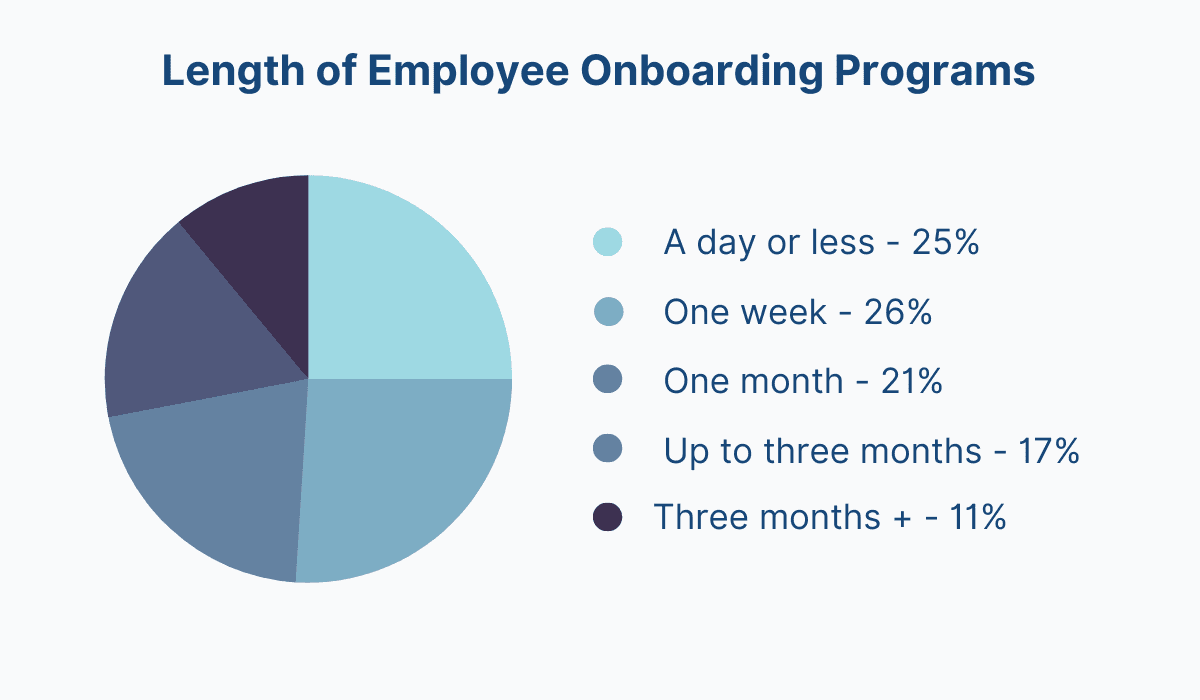
Data from: Panopto
As you can see in the chart above, only 11% of companies provide onboarding programs longer than three months, while more than half don’t even extend onboarding beyond the first week of work.
So, how long should onboarding ideally take? Well, HR experts have been arguing that the onboarding process should last up to a whole year.
They consider anything less than that to be little more than a transactional orientation that doesn’t really help the new employee integrate into their new organization and pick up their role successfully.
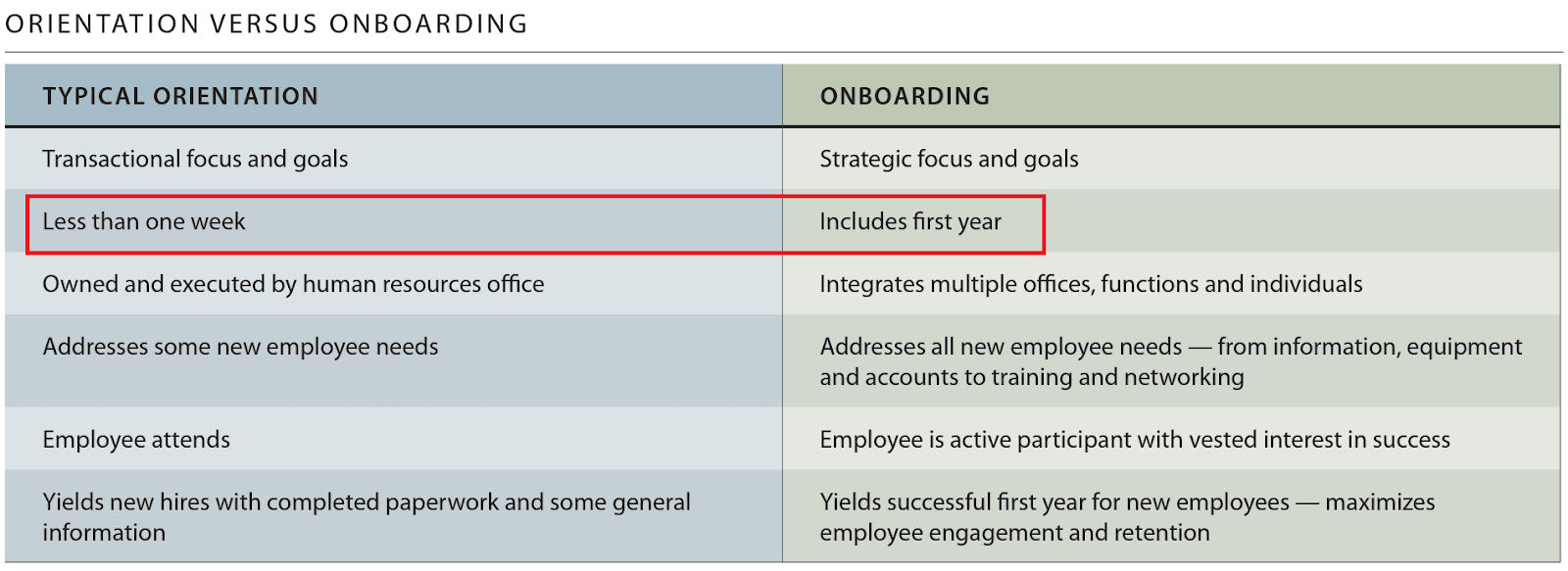
Source: Ourpublicservice.org
Conversely, a year-long onboarding process gives you ample time to really mold your employee into a proficient member of your team. It allows you to cover every aspect of your work together and provides many occasions to sync up with the employee and exchange feedback.
That way, the employee feels supported throughout their first year and has a chance to learn and hone their skills, making them highly engaged and happy in their role. And that continued support means they are far less likely to leave your company in search of other work.
Give a Warm Welcome to Your New Employees
First impressions matter, and that includes the way you welcome your new employee to your company. Being welcoming to your new employees when they first arrive at the office is one of the factors that will set the tone for their entire experience of working with you.
Making sure the new hire acclimates to the new environment comfortably sends a positive message because it tells your new employee that you care about their wellbeing, and that you’re grateful to have them as a part of your team.
This kind of positive experience is sure to influence their decision to stay with your company for as long as possible.
Welcoming a new employee starts with sending them a personal message from a high-ranking person in the company, expressing gratitude for having them on the team.
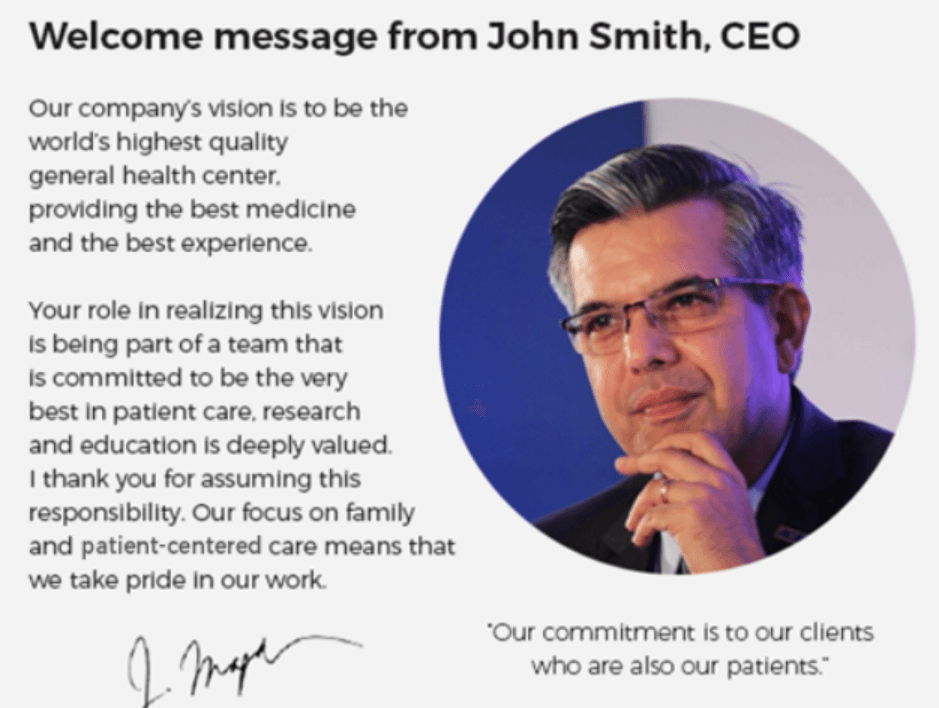
Source: Ascendify
The message above is a beautiful example.
It comes from the CEO of the company and highlights the general mission of the company (“to be the world’s highest quality general health center”) while reinforcing the new employee’s role in achieving that mission.
A well-crafted message like this one is sure to make them feel important and integral to the company’s mission from day one.
Another great practice to follow is welcoming new hires with some awesome company swag.
You can enlist the help of your marketing team and come up with a welcome kit that will elate your new recruits and provide them with useful items they’ll be happy to use on the job.
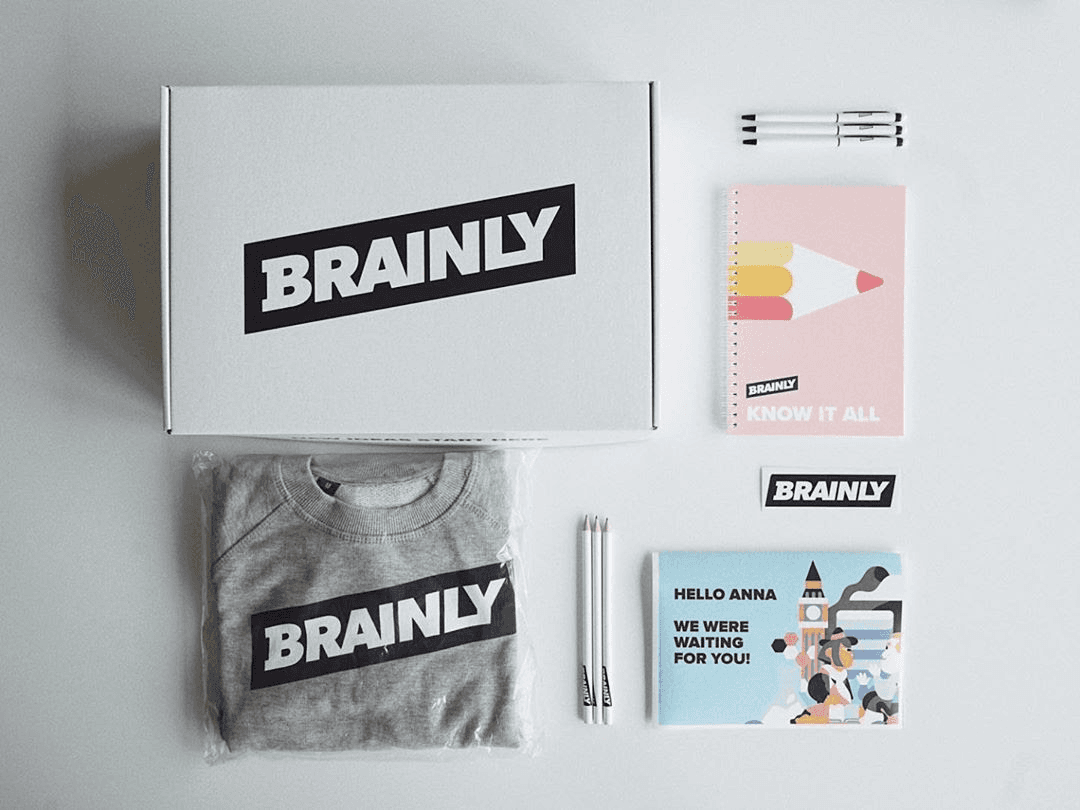
Source: Ible
For example, Brainly’s new hires receive a welcome kit that includes a branded sweater for chilly days, handy pens and pencils, stickers, a notebook, and a personalized booklet.
Branded merchandise is an excellent way to instill a sense of community and help your employee feel like a part of the team from day one.
Welcoming a new team member on board is a sign of respect, and a little respect can go a long way to nurture a sense of loyalty in your employee toward your company.
Establish Clear Onboarding Goals
At this point, it would be a good idea to remind ourselves that the purpose of onboarding isn’t just to make your new hires feel welcome and comfortable. It also needs to have an endgame, a set of specific goals the employee should accomplish before the process is finished.
Setting clear, effective goals for your onboarding process is a great way to benchmark your employee’s success during the onboarding process.
Furthermore, with a set of clear goals in front of them, your new employee will always have a good idea of what is expected of them and how they can prove themselves. That way, they’ll never feel lost or out of place.
The best course of action here is to try to create smaller, focused, and specific goals that are spread out over the entire onboarding period. That should make them easier to understand and more manageable for your employee.
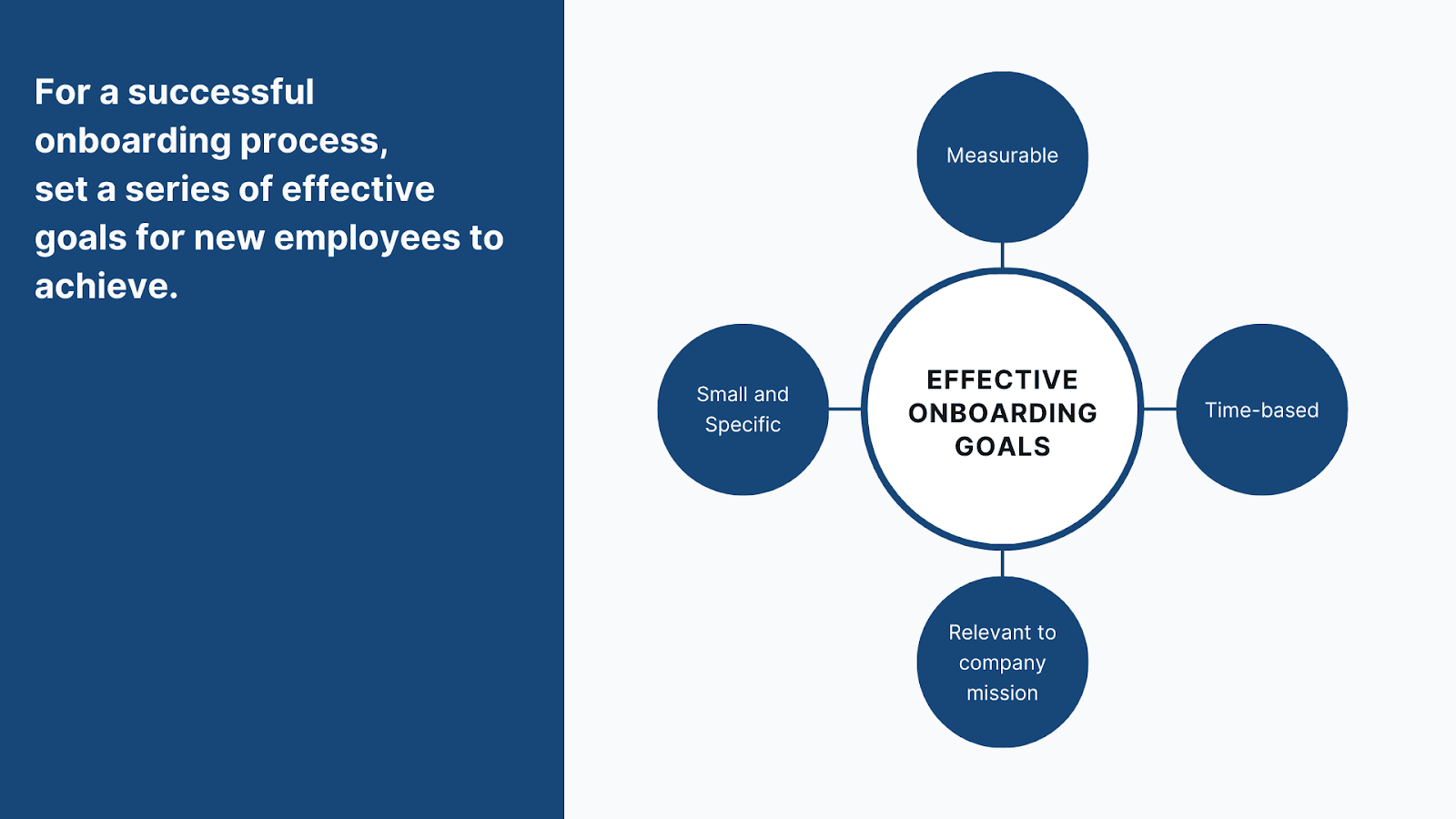
Source: archbee.com
The goals you set should also be relevant to the mission of your company, tied to specific deadlines, and measurable, meaning they should have a clearly defined measure of success.
Let’s illustrate this with an example.
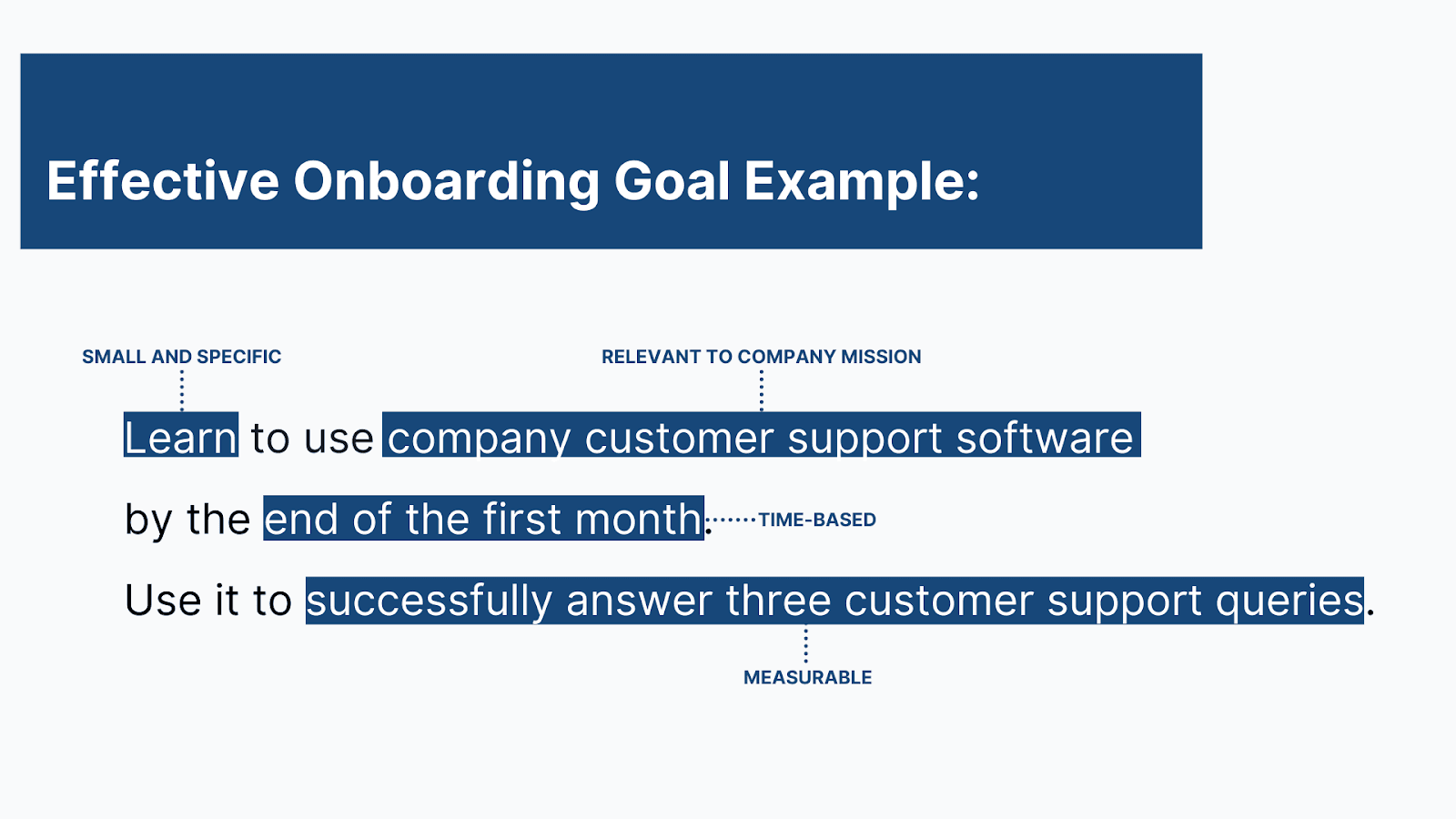
Source: archbee.com
As you may notice, effective goals can be expressed in a sentence or two, so try to formulate your goals in the same way: use more than a couple of words, but do your best to stay specific and concise.
Remember, your endgame is to turn a new recruit into an independent, high-achieving employee at your company. That’s a large task, but it can be broken down into a series of smaller, effective onboarding goals.
Gamify Onboarding
Gamification is one of the biggest buzzwords currently in tech and human resources alike. It’s a great practice to apply to your onboarding strategy, as it may help you increase employee retention, satisfaction, and engagement rates.
Since this article is all about employee retention, you’ll be interested to know that the employees themselves have said that they feel more motivated when their training is gamified.
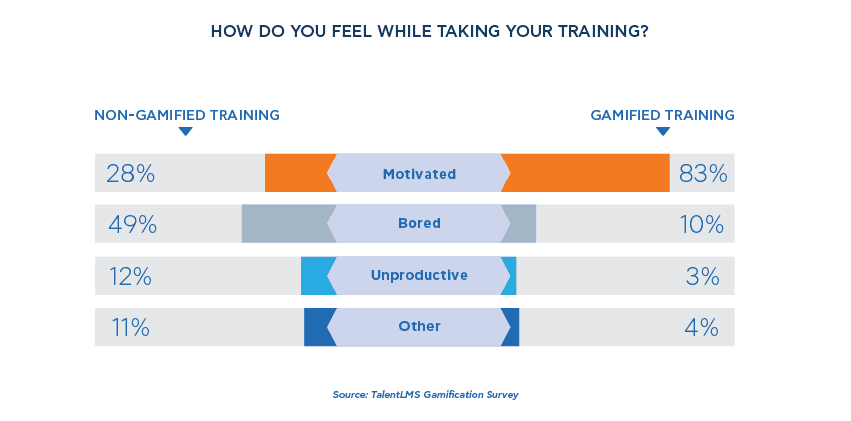
Source: TalentLMS
Unsurprisingly, gamification also works great for decreasing boredom at work and increasing productivity.
Furthermore, gamification at work is also related to establishing social connections, and giving work purpose and meaning.
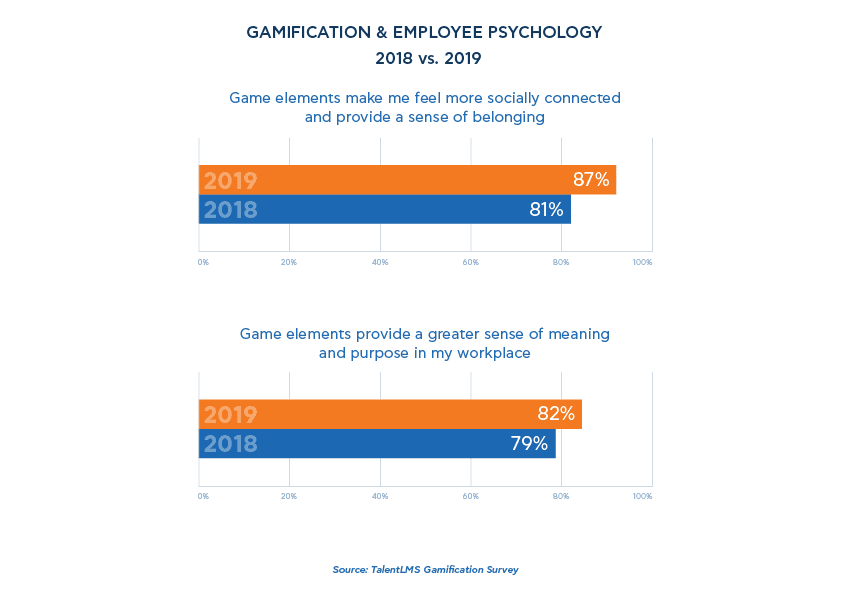
Source: TalentLMS
The term gamification can sound quite abstract, but in reality, it’s not too difficult to apply to your company’s practices. So let’s see what elements of your onboarding process can be gamified.
To start with, you can gamify the system for your employees’ accomplishments. This actually ties in quite well with the principles of goal setting that we talked about in the previous section.
For example, you could introduce the concept of leaderboards for your new employees.
Leaderboards infuse work with an element of competition which motivates employees to try their best for the chance of winning.
This is a fun concept to try out if your company is currently welcoming several new employees.
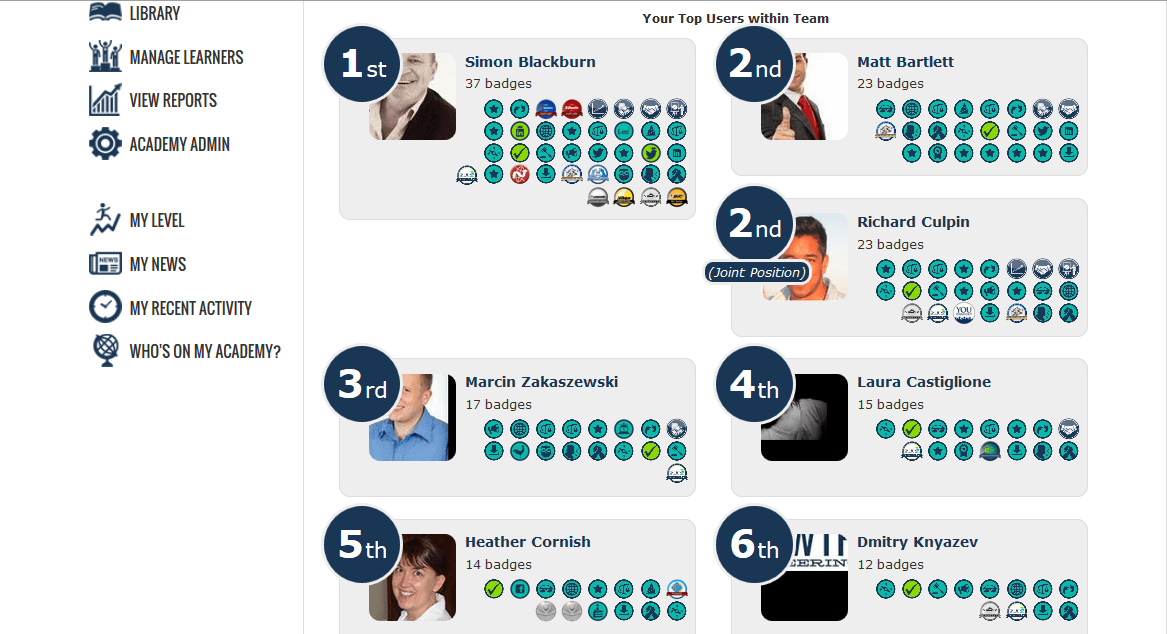
Source: Staffbase
Employees can compete against each other in completing onboarding goals for points or badges, with rewards and incentives awarded to the winners at the end of the onboarding period.
This not only makes onboarding more engaging but also encourages social interaction and team-building among employees.
You can also gamify some onboarding aspects that are usually considered tedious, like learning the roles and names of the employee’s new colleagues.
For instance, the organizational chart software Pingboard offers a “Who’s Who” flashcard game as a feature of their product.
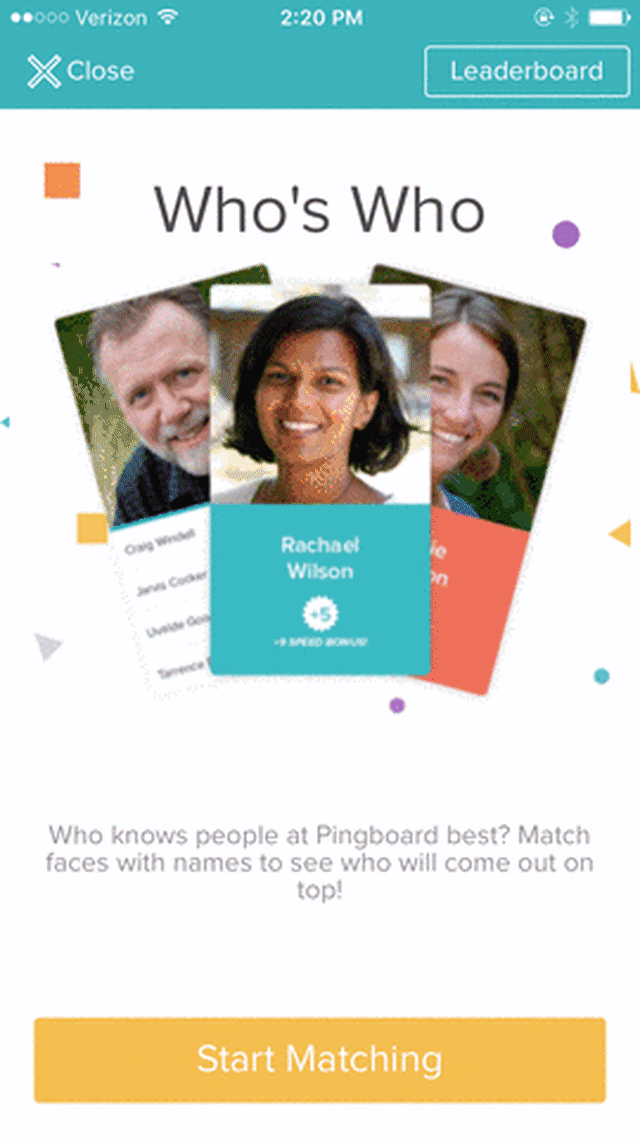
Source: Pingboard
That’s a great example of how new employees can learn to use company software and meet their new colleagues, all in one fun activity.
Finally, you can encourage fun social interactions at the workplace by providing gamification materials at the office. Google does a great job with this. Their welcome kit for interns includes a nerf gun for interdepartmental nerf wars.
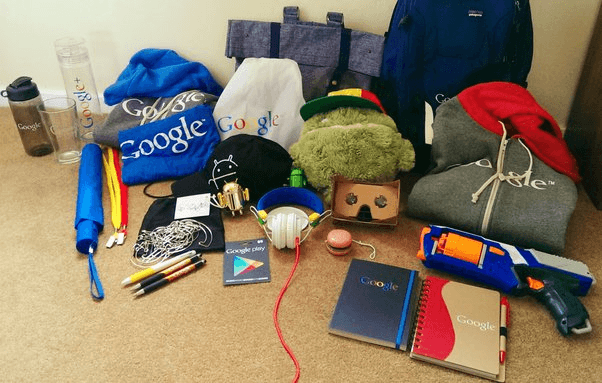
Source: Quora
These are just some examples to inspire you to gamify your onboarding process. You can definitely come up with more ideas that will make your own onboarding process more fun and engaging, and therefore more likely to keep those employee retention rates high.
Build a Rich Knowledge Library for Your Employees
As you may have gathered from this article so far, employee onboarding is a high-touch process. Nevertheless, your employees need resources at their disposal so they can learn independently as well.
You can provide them with a rich source of information by building a knowledge library that’s ready for use anytime and everywhere.
With access to a knowledge library, your new employees can solve a lot of problems and handle many tasks without having to consult their superiors. That saves team managers time they can use to take care of other, more pressing tasks.
Furthermore, knowledge libraries are a preferred resource for younger employees who are digital natives and feel more comfortable learning independently. That also counts for your remote workers, who may not have access to their supervisors at all times.
The most important aspect of your knowledge library is how you organize the information.
So, before you do anything else, it’s a good idea to create a content plan. You’re going to be covering a great amount of information so try to sort it into categories. That way, users can find what they’re looking for in a flash.
That’s why companies like to use documentation software when building their knowledge libraries. It allows you to sort information and usually has search options to help you find your way.
For example, our own software, Archbee, allows you to sort all of your knowledge into collections and document trees, so any piece of information you need is always at your fingertips.
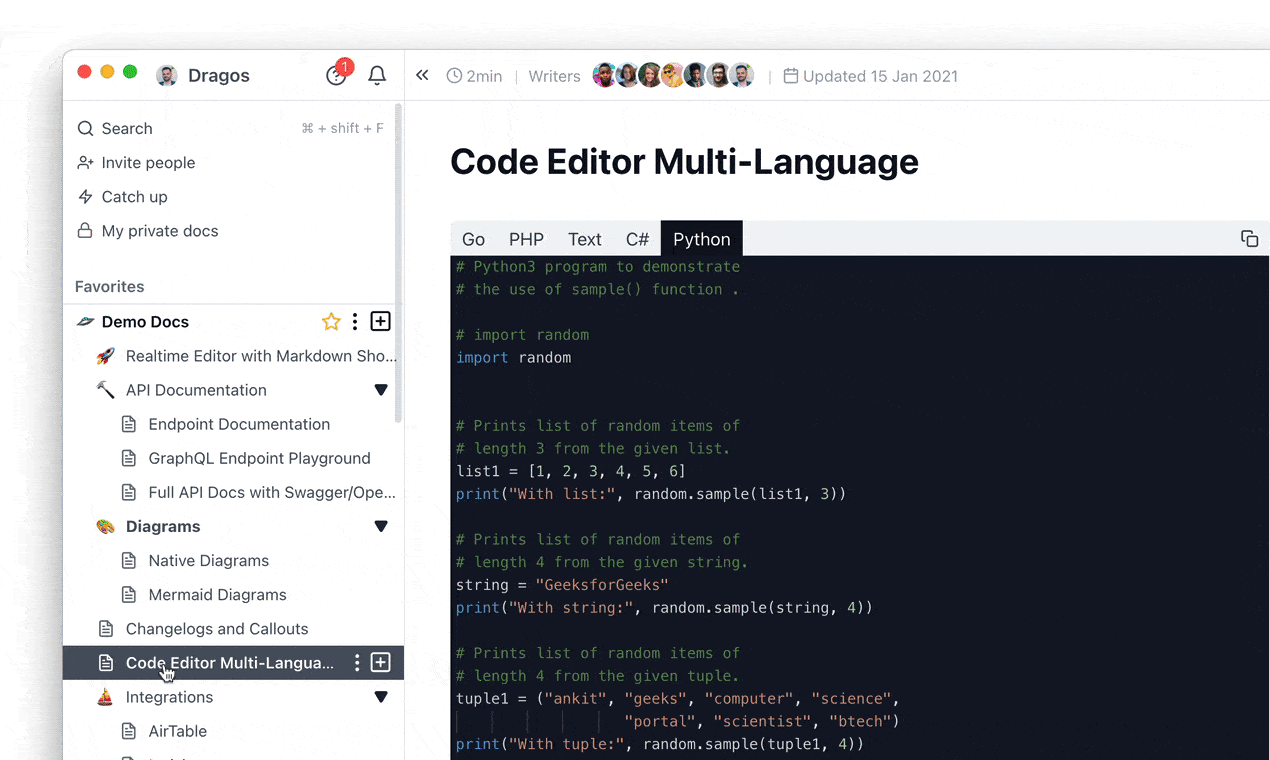
Source: Archbee.com
The other important aspect is making sure everyone on your team has access to your library. That means publishing it online and giving your employees credentials to access it.
And while you’re at it, identify and assign permission and administrator duties so that the key roles in your company can develop the knowledge library with time.
With your content neatly organized and easily accessible to the members of your team, you can rest easy knowing that your new employees will know where to turn when they need information about your procedures and policies.
Hold Regular One-On-One Meetings to Gather Feedback
Since your employee onboarding process should focus on addressing your new recruits’ needs to really be effective, it makes sense that they should be the driving force behind the development of your onboarding process.
This means that you should gather as much feedback from your new recruits as possible so you can continually improve and adapt your onboarding process. And what better way to do that than in one-on-one meetings?
One-on-one meetings can be an invaluable source of information and a way to build trust between employees and managers.
Therefore, it comes as no surprise that both employees and managers have said they value such meetings as a tool for boosting performance and improving work processes.
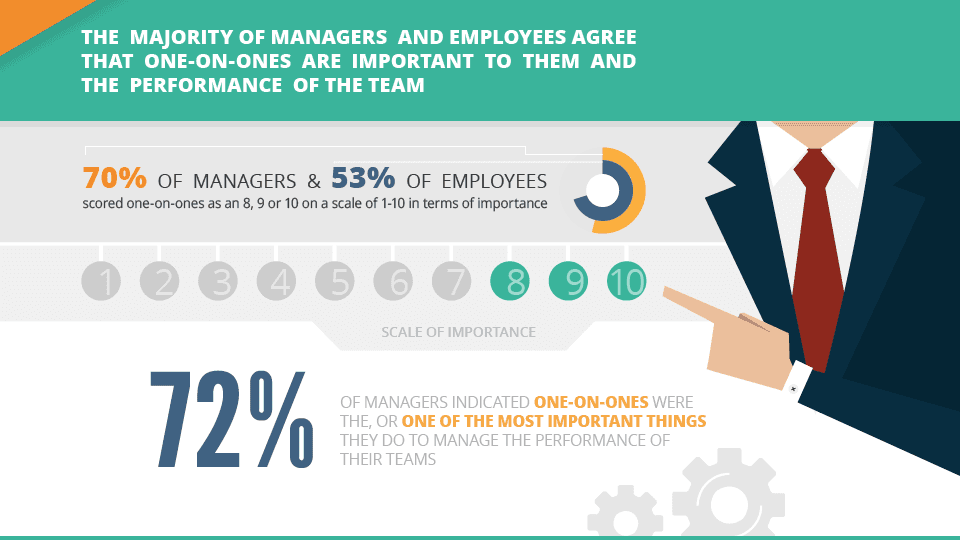
Source: hypercontext
Still, one-on-one meetings are somewhat time-consuming and take a bit of preparation, so it’s important to handle them efficiently.
More than anything else, that means finding the optimal balance in meeting frequency and duration.
This will, of course, depend on the nature and rhythm of your work, but most managers have opted for holding one-on-one’s once a week, for no longer than half an hour.
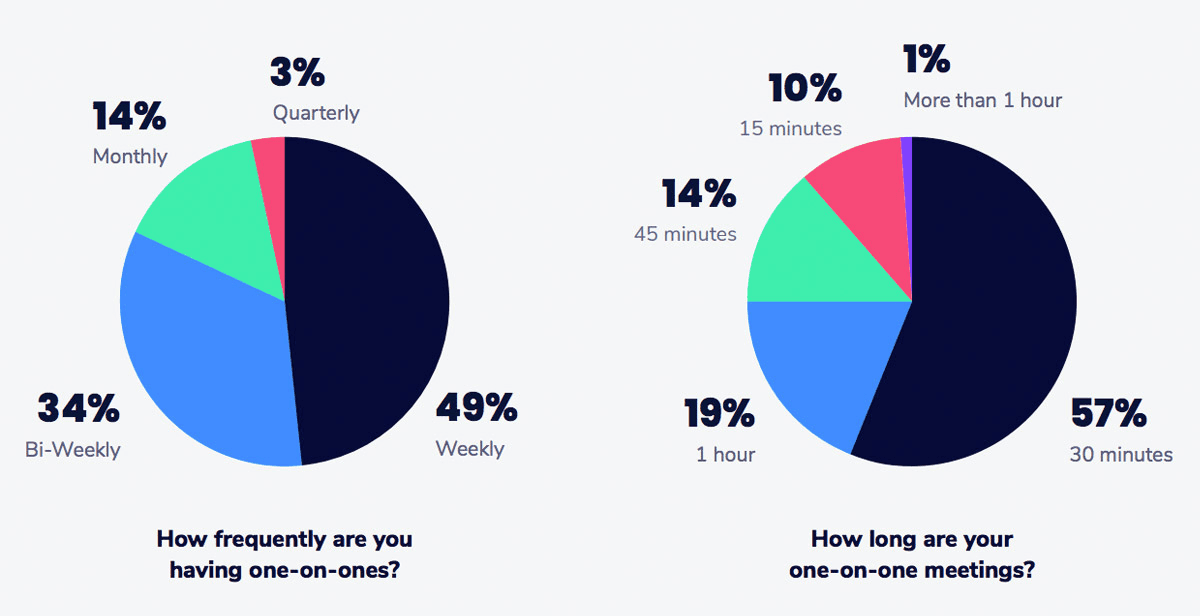
Source: hypercontext
You can test different times and durations for the meetings, but the important thing is to keep them regular.
So mark your calendar for a regular meeting with your employee and stick to it because that’s the best way to continually extract actionable feedback and show that you value their input.
And, of course, keep in mind that the feedback about onboarding you receive is only valuable if you act on it. So do what you can to apply your new employees’ suggestions to the process.
This will allow you to improve your onboarding process and make it employee-centric. It will also go a long way in building trust.
In conclusion, onboarding is indeed a high-touch process. However, that doesn’t mean that information should flow in just one direction. Rather, it should include receiving feedback from your new hires and putting it into practice so your onboarding methods can become even better.
Conclusion
The running theme of this article has been putting the new employee at the center of your company’s onboarding practices.
We’ve argued that employees should be warmly welcomed during a longer onboarding process and engaged with clear goals, gamified elements, and always available resources during their first months at your organization.
Finally, we’ve proposed syncing up with new hires on a regular basis to allow information to flow both ways and drive the development of your onboarding process so that it can become ever more efficient in bringing new recruits on board.
Each of these practices is an excellent way to increase employee engagement and retention levels, so see what you can do to apply them to your own onboarding strategy. Follow these employee onboarding best practices for a guarantee success.
FAQ
Frequently Asked Questions
The core purpose of onboarding is to introduce new hires to how your company actually works—its tools, workflows, processes, and ways of collaborating—so they can ramp up confidently. Great onboarding also clarifies role expectations, connects people to teammates and culture, and gives them the resources and support to contribute quickly and successfully.



